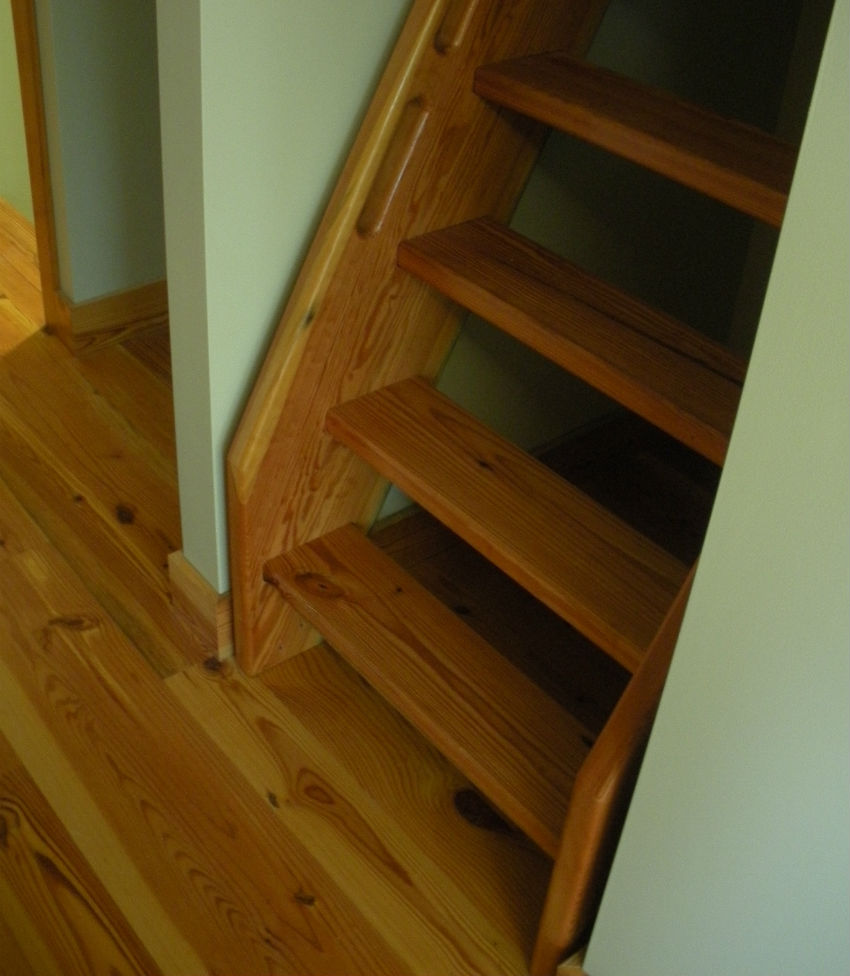By Doug Hanna
Having worked on old homes and structures in New England for the last 40 years, we continue to be impressed with the durability of the lumber used before the 20th century. Most of the exterior trim installed in the 17th, 18th, and most of 19th century came from virgin timber. These were trees that had grown close together, undisturbed, sometimes for centuries. The result of this “slow growth ” was a tree with much tighter ring patterns, which created a harder, stronger piece of lumber that had more resistance to rot and insect damage. One of the most remarkable common places we still see this type of trim lumber is in window sills. Though window sills take a beating, and they might look worn and rutted, many sills continue to remain almost completely sound, sometimes centuries after they were installed.

Back in the 1930s and 40s, after most of the virgin timber in the country had been harvested, lumber companies began farming lumber, especially pine. They planted the trees far apart, with plenty of sunlight, which made the trees grow fast. As a result, these companies were able to produce billions of board feet of lumber in a relatively short period of time (decades vs. centuries). Unfortunately, the durability roughly matched the production time. Unlike the virgin timber, the ring pattern of the trees was far apart, allowing the wood to be much more vulnerable to moisture, rot, and insects. In the latter part of the 20th century, as this fast growth lumber started to rot out, it was replaced with even faster growth lumber, which commonly failed even faster, within decades rather than centuries. This became true of pine and a number of other species traditionally used for exterior trim, decking, and siding.
Over the last 50 years, a great deal of research has gone into producing rot-resistant exterior trim components, siding, and decking. We now have all manner of man-made materials, mostly hydrocarbon-based. Plastic trims, such as Azek, have a tendency to expand and separate more than wood with changes in temperature, although researchers are working on a remedy for this. I understand the desire to install something on your home or building that will “never” rot. For some reason, I just can’t bring myself to do that in my own home. I recently used Australian pine for some repairs on my house. It’s an interesting product that is extremely straight and true, and it’s pressure-treated. For years, we recommended Western Red Cedar because of the natural oils that resist rot. However, even these alternatives don’t compare to the old virgin-growth white pine.
For people who want to restore historic structures using the original material, it is possible to source old-growth lumber from reclaimed-wood lumber dealers. It will not be cheap. Most of this wood has been salvaged from old structures like barns and farmhouses, and the dealers have a large investment in dismantling, trucking, removing nails, and milling this lumber.
While builders and carpenters from the past tended to undersize timbers, and many of their construction techniques would not pass muster with a structural engineer of this era, they had an advantage over us by working with some of the best building material nature ever produced.